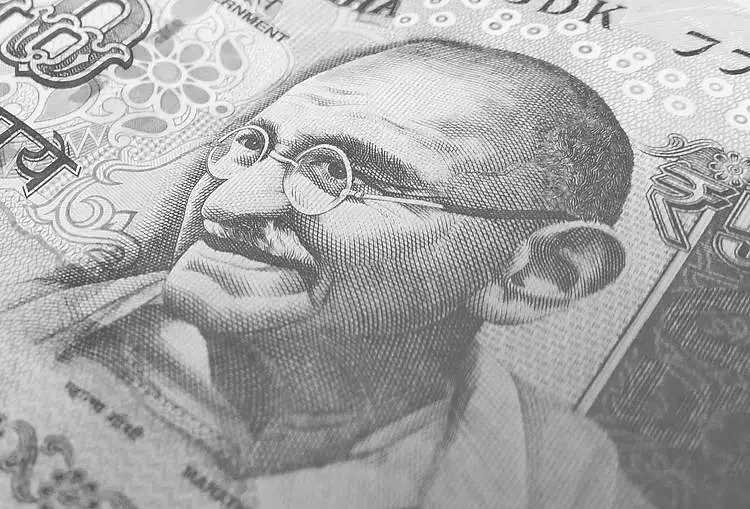The Indian Rupee (INR) is presently navigating a turbulent financial landscape, influenced significantly by fluctuations in global economic conditions and domestic market sentiments. Understanding the interplay of various factors affecting the currency provides insight into its future trajectory and stability.
Recently, the Indian Rupee has shown a declining trend, particularly noted during the Asian trading hours on Fridays. The underlying causes for this depreciation can be traced back to dual pressures: the domestic equity market’s sell-off coupled with surging crude oil prices. These factors wield considerable influence over the INR, as India remains heavily reliant on imported crude oil, making it particularly vulnerable to shifts in global oil prices. Increased oil expenses can exacerbate the trade deficit, further straining the currency.
Moreover, the INR is experiencing heightened volatility as foreign investors pulled out over $1.5 billion from Indian equities in November alone. This trend follows a staggering outflow of $11 billion in October, indicating a significant loss of confidence among foreign investors. The resulting lack of capital inflow might weaken the Rupee against other currencies, particularly the US Dollar, which has been bolstered by an upward shift in interest rates following the recent Federal Open Market Committee (FOMC) decisions.
The external factors contributing to the INR’s performance are multi-faceted. Notably, the US Federal Reserve’s recent decisions, which included a 25 basis points reduction in the benchmark interest rate to a range of 4.50%-4.75%, are pivotal. Fed Chair Jerome Powell highlighted the Fed’s focus on closely monitoring economic data to guide future interest rate adjustments amid fluctuating inflation rates. As the Fed points towards potential rate cuts, investors might expect a more favorable environment for Indian equities, potentially stimulating the Rupee’s resurgence.
Intriguingly, despite these domestic and international challenges, India is comparatively positioned stronger than some of its Asian counterparts. A report from Emkay underscores India’s minimal reliance on trade with China, a situation that could serve as a buffer against broader regional economic turbulence.
From a technical standpoint, the current trading patterns suggest the USD/INR pair remains in a bullish trend. The currency pair has consistently held above the critical 100-day Exponential Moving Average (EMA), reflecting a prevailing upward trend. However, caution is warranted as the 14-day Relative Strength Index (RSI) hovers near the overbought territory at 75.0, indicating potential consolidation in the near term.
The immediate resistance levels are established at 84.30 and 84.50, while strong support can be found at 83.82, aligning with the 100-day EMA. Given the current context, any movement below these thresholds may trigger selling pressures, potentially propelling the exchange rate further down toward the 83.46 level.
The Indian Rupee is particularly sensitive to a range of macroeconomic variables. Inflation rates, interest rates, and the overall economic growth trajectory (GDP) are central to these dynamics. A robust economic growth rate typically invites greater foreign investment, which strengthens the Rupee’s position. Conversely, inflation, especially if it outpaces that of India’s trading partners, places downward pressure on the Rupee. High inflation hampers exports and subsequently increases the volume of INR required to meet foreign import demands.
The Reserve Bank of India (RBI) plays a crucial role in managing these dynamics, actively intervening in the forex markets to stabilize the Rupee and setting interest rates to maintain inflation targets. Higher interest rates generally attract foreign capital through carry trades, bolstering demand for the Rupee. However, this relationship underscores the complexities of economic policy where inflationary pressures often lead to increased interest rates, creating conflicting outcomes for currency valuation.
The Indian Rupee is navigating a complex web of influences that include both domestic challenges and global economic pressures. Investors and policymakers alike must remain vigilant as the situation continues to evolve. While there is potential for recovery, particularly in light of favorable domestic macroeconomic conditions and targeted policy interventions by the RBI, ongoing monitoring of global economic indicators and investor sentiment will be crucial in determining the INR’s trajectory in the coming months.

